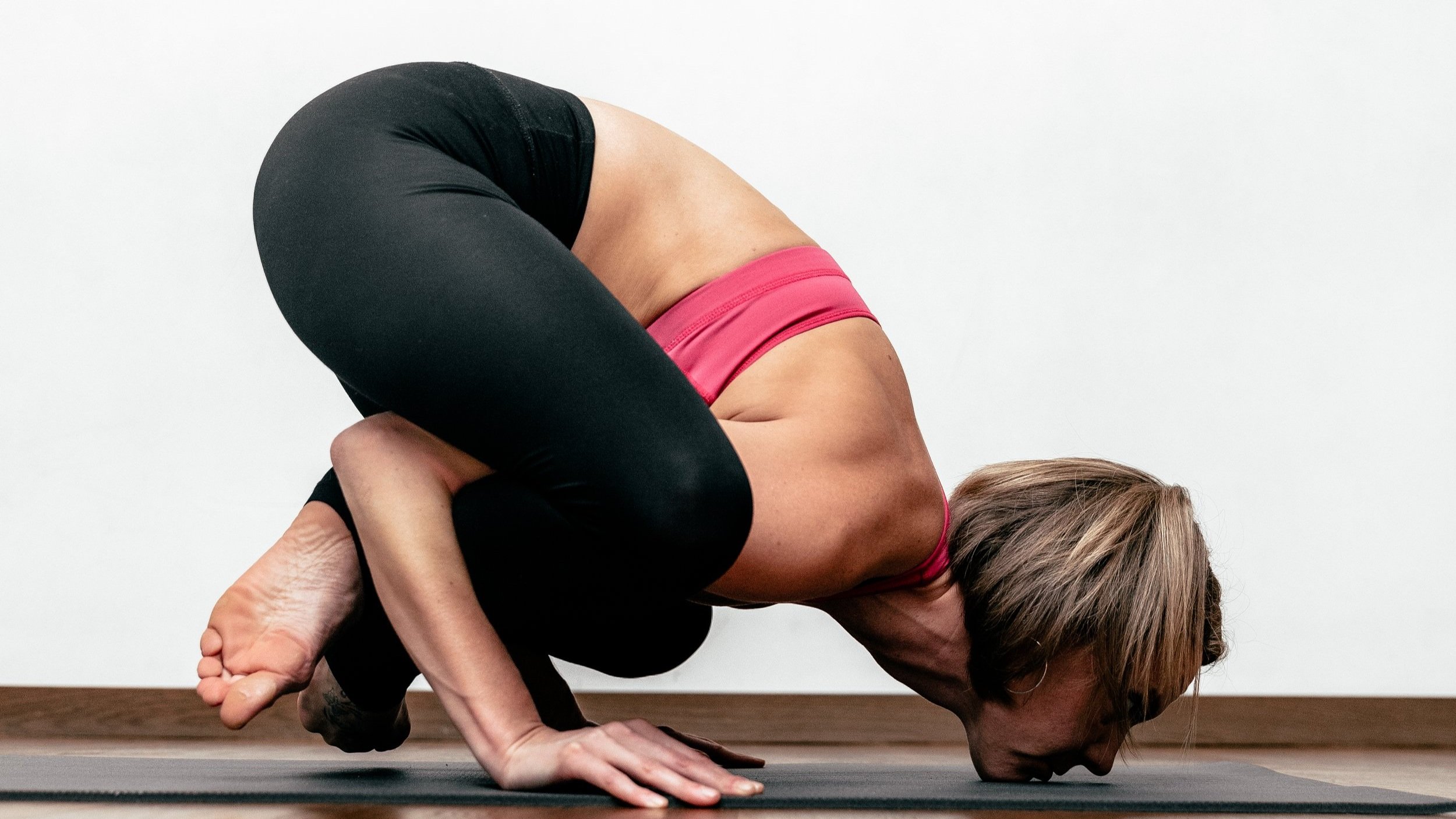Bujapidasana transitions - How to master jumping in and out
Bujapidasana transitions - How to master jumping in and out
Bujapidasana comes midway through the primary series. It’s the first arm balance of Ashtanga Yoga and is challenging to master. Regular practice of early asanas in the primary series is required to build the necessary strength and flexibility to attempt this asana.
As always in Ashtanga Yoga the postures build on each other. The following asanas are helpful when working on Bujapidasana:
Prasarita Padottanasana - this asana opens the adductors and hamstrings. It mirrors the movement of bringing your torso through your legs required for bujapidasana.
Navasana is a great way to build the required core strength.
Jumping back and through builds strength in the core and shoulders and strengthens the wrists.
Marichasana A Creates the sense of hugging your leg into your body required for Bujapidasana (also known as arm pressure posture).
If you’re working on lowering down into bujapidasana you might find this video useful.
This post is for those of you who’ve got the basics of bujapidasana and want to work on refining it by jumping in and out. These transitions and variations of them come up repeatedly throughout the practice. If you can jump in and out of Bujapidasana you’ll also be able to do so for Kurmasana/supta Kurmasana. The principles also apply to the transition from eka pada sirsasana and other leg-behind-the-head postures that come up in later series.
The main action that enables us to transition out of Bujapidasana without falling backwards or having our feet scrape the floor is the movement of the pelvis. The pelvis needs to drop down to uncross the legs and it then needs to lift up as the shoulders come down in order to avoid the feet scraping the floor. Keeping your toes pointed at this stage will also give you an extra few millimetres.
Jumping into Bujapidasana is also about keeping your hips low and bringing your knees in front of your arms. There are a couple of stages you can move through to build up to this action. I run through these in the video tutorial.
Both transitions require a strong and stable foundation through the arms and hands and a steady drishti to help maintain balance.
Watch the video to master the transition and let me know how you got on in the comments below.


